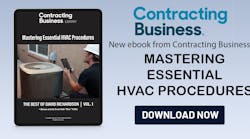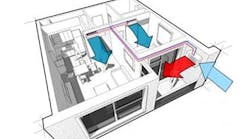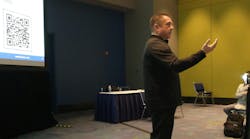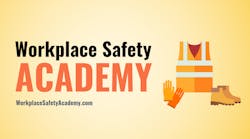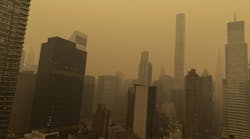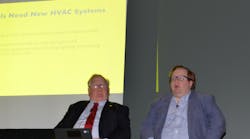Maximizing HVAC system efficiency means you're testing, evaluating, and maximizing the safety of equipment operation. No appliance, once installed in the field, can be guaranteed to operate safely without proper testing and setup. The safer we make equipment, the more likely it will operate at its highest level of efficiency.
Maximizing efficiency reduces wear and tear on equipment. Rusting, condensation, cracked heat exchangers, high limit lock-outs, and more, are all caused by poor mechanical operation and efficiency.
- Equipment size
What Affects Efficiency?
Equipment should always be sized properly by doing load calculations but no matter what we do, equipment will be operating in an oversized mode 90% of the time. In Southern climates most heating equipment has been 100% to 200% oversized for years because of the necessity of larger blowers for cooling. Now comes the contradiction.
In 1987 an ASHRAE report stated that oversizing equipment 100% had little affect on actual efficiency. The only difference was number of cycles and temperature variations. But then some of this can be minimized by controlling the equipment a little differently. The key is that equipment is designed to operate at its rating, and nothing less.
- Load and Ambient Conditions
Running a furnace on a 90F day versus a 20F day will give us different results. Equipment runs hotter under no load, and appears to be less efficient, but we have to compensate for these things. It might even be cycling on limit, leading us to wrong conclusions.
Whenever we have multiple pieces of equipment sharing a single flue, they can operate differently when firing alone versus firing together. If the same equipment is sharing the same gas line, (usually the case) all must be running to verify adequate gas supply. Both conditions must always be considered when evaluating system operation. Running a water heater with and without the air handler or furnace blower affects efficiency and safety, and needs to be checked when they share the same space. Checking all equipment with additional ambient conditions altered is also critical for safe and efficient operation. This could include all exhausting devices running in the building.
- Control Settings
A gas pressure regulator should be a settable control, to optimize equipment performance after installation in its one-of-a-kind environment. But this can only be done with proper instrumentation and training.
- Fuel
Gas, oil, propane, and other fuels are like the “refrigerant” of the heating equipment. Whether we have too little or too much fuel affects efficiency substantially. It's been proven in the field that firing equipment less than it is rated at or mechanically capable increases the amount of energy wasted. Fuel produces the size of the flame. The size of the flame determines how hot the heat exchanger gets. The hotter the heat exchanger, the more heat that is transferred. The mass of a heat exchanger doesn't change during operation, and only one firing rate heats it most efficiently.
- Combustion air
We put two grilles or two pipes into a wall, and think we have combustion air. All we really have are a couple of holes in a wall. In 2000, a report by the American Society of Heating, Refrigerating, and Air-Conditioning Engineers (ASHRAE) concluded that supplying combustion air by mechanical means was the only way to deal with most environmental conditions, or was the only true “functional combustion air”. But, no matter how combustion air is supplied to a space, we must verify it's getting to the appliance, for safe and efficient operation.
- Venting
A brick or tile chimney, B-vent or liner, or a PVC flue all affect how an appliance will perform. Natural draft chimneys can have constantly changing drafts. These can have a distinct affect on the fuel air mixture of the burner. Until equipment is attached to a chimney, there is no way to preset equipment for proper operation in the field.
- Ducting or piping
CFM and GPM determine how many BTUs are delivered to the air or water and then the space. In forced air heating systems, the size of the duct system and the amount of duct leakage are keys to efficient operation. It's rare that the actual piping on a boiler system is wrong; or, at least, they seem to be more forgiving. As far as leaks on a boiler piping system, efficiency might be the least of your problems.
Changing airflow or GPM to attain a certain Delta T is not necessarily the proper way to set up equipment if one wishes to maximize its efficiency.
Jim Davis is senior instructor for National Comfort Institute, Sheffield Lake, OH, specializing in carbon monoxide and combustion. He can be reached at 800/633-7058, or through the NCI website, nationalcomfortinstitute.com. This article is based on “Get in the Green With Precision Combustion Efficiency Tune Ups,” presented during HVAC Comfortech 2008 in Atlanta, GA. HVAC Comfortech 2009 — Succeed. Grow. Dominate. — will be held in Nashville, TN, Sept.23-26. A special EARLY BIRD rate is now available. See hvaccomfortech.com for info.
